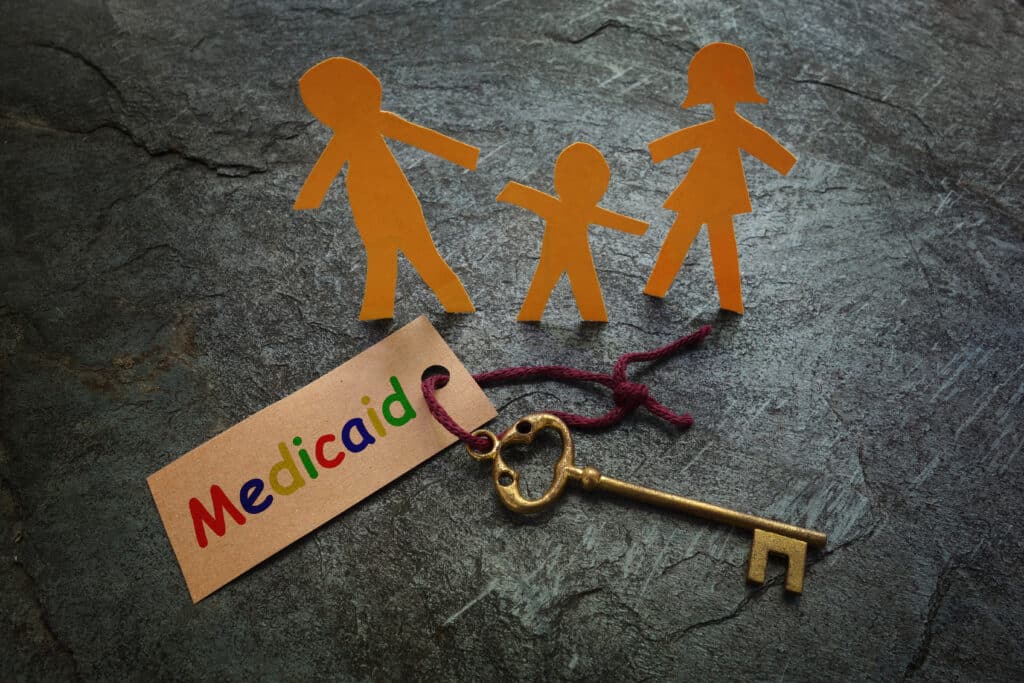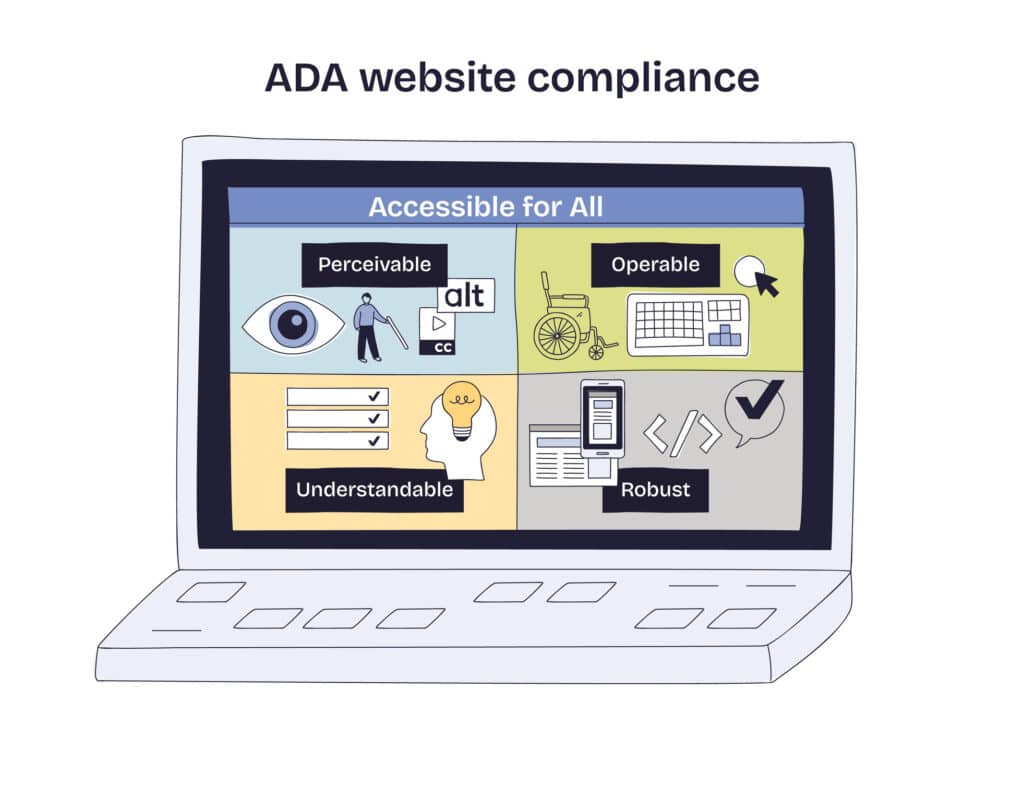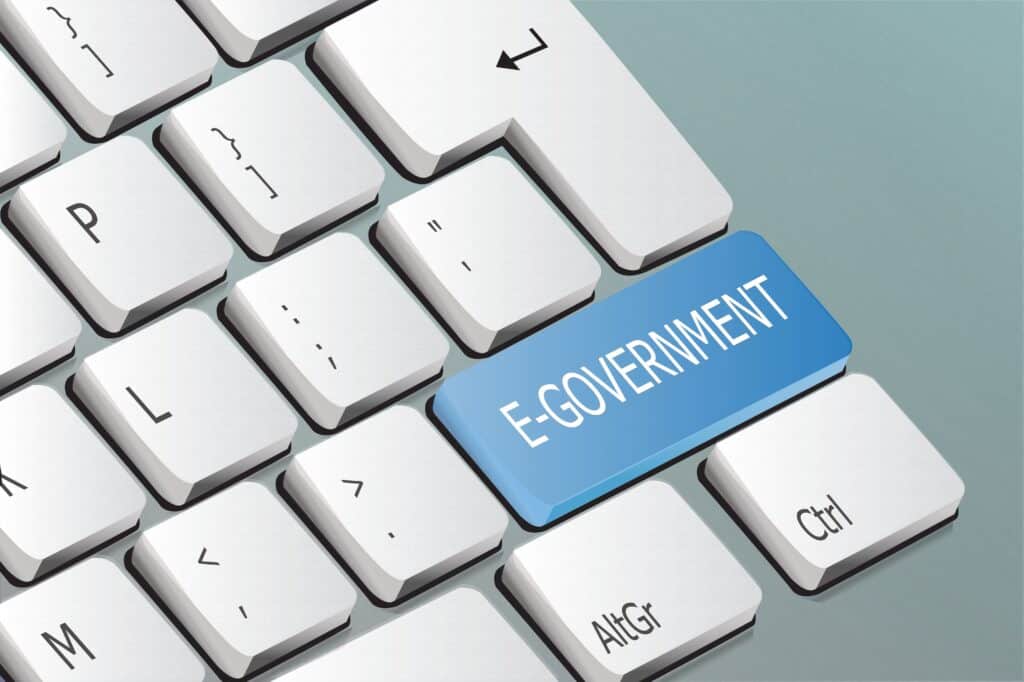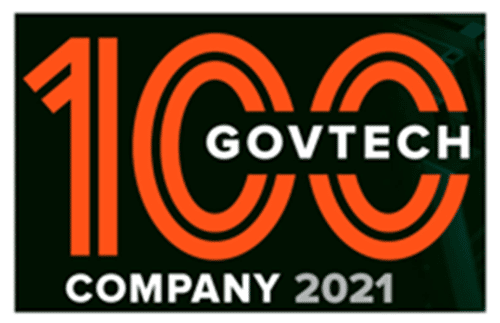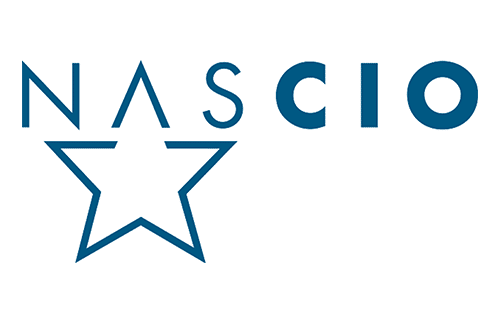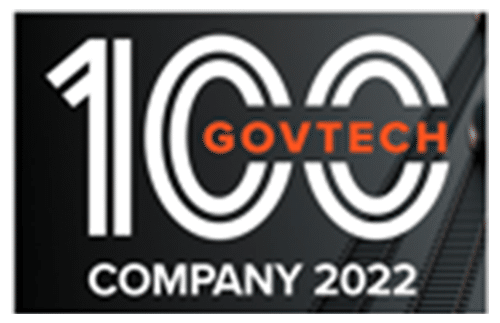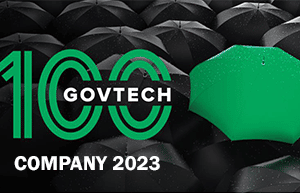The COVID-19 pandemic notably disrupted several aspects of the public sector such as forcing an unprecedented and unexpectedly quick pivot to telework/remote work, and a temporary closure of government buildings providing essential citizen services. As the needs of government changed, so have their priorities regarding a key technology ensure the business of government continues, workflow automation.
To understand the current landscape of government workflow automation, the Center for Digital Government (CDG) recently researched and published a revealing new white paper in partnership with SimpliGov: A Practical Guide to Workflow for Government – Developing a Roadmap for IT Modernization. The CDG reached out to 150+ state and local government leaders to assess their plans and current workflow automation initiatives.
Nearly 70% of respondents reported that workflow automation is their top priority for the next two years, showcasing just how many state and local governments are facing the same challenge: Replacing outmoded, inefficient legacy workflows that are based on outdated manual processes.
“Getting these end-to-end processes automated as much as possible is really a huge part of our digital transformation,” San Diego CIO Jonathan Behnke says in the white paper. “We benefit internally, and the public benefits.”
The Pandemic Provided a Tipping Point
Workflows are the building blocks of how government operates. However, digitization efforts have often resulted in an uncomfortable hybrid of digital and paper processes, such as when an automated system for processing payments still demands a ‘wet signature’ for final approval.
Moving to the next, more efficient level is simple enough: Integrated E-signature capabilities offer an easy solution. The pandemic acted as the final catalyst for state and local governments to truly pivot to fully digitized workflows, the white paper points out.
“Automation was one of the most important — if not the most important — tools when COVID hit in March 2020,” Lea Eriksen, director of Long Beach’s technology and innovation department, told its authors.
The new hybrid work environment makes it even more imperative for agencies to build on the automation efforts they stood up during the pandemic. It’s not just about technology, though. Staffers need to be educated about how these updated processes work:
In Long Beach, for example, the most frequently requested item to support at-home work during the pandemic — after a laptop or a WiFi hotspot — was a printer. “It’s definitely a challenge changing the mindset of not having to touch paper,” Eriksen says.
Picking Up Speed in Embracing Automation
Despite being over a year into the pandemic, the white paper shows that 38% of agencies have automated less than 10% of their constituent-facing services. However, nearly all respondents are planning some level of additional workflow automation of both internal (90%) and external (84%) processes within the next two years
This projected growth in government workflow automation presents a unique opportunity for state and local agencies and departments to transform how people engage with them:
“Going forward, automation isn’t about clicking the OK button or moving the cursor,” says Rajiv Rao, New York state’s chief technology officer and deputy chief information officer. “Citizens don’t need that. The level of automation we’re talking about is not just easing the manual work, but [automating] the business processes.”
There’s much more insight and information in the white paper, A Practical Guide to Workflow for Government, so please download it now.



